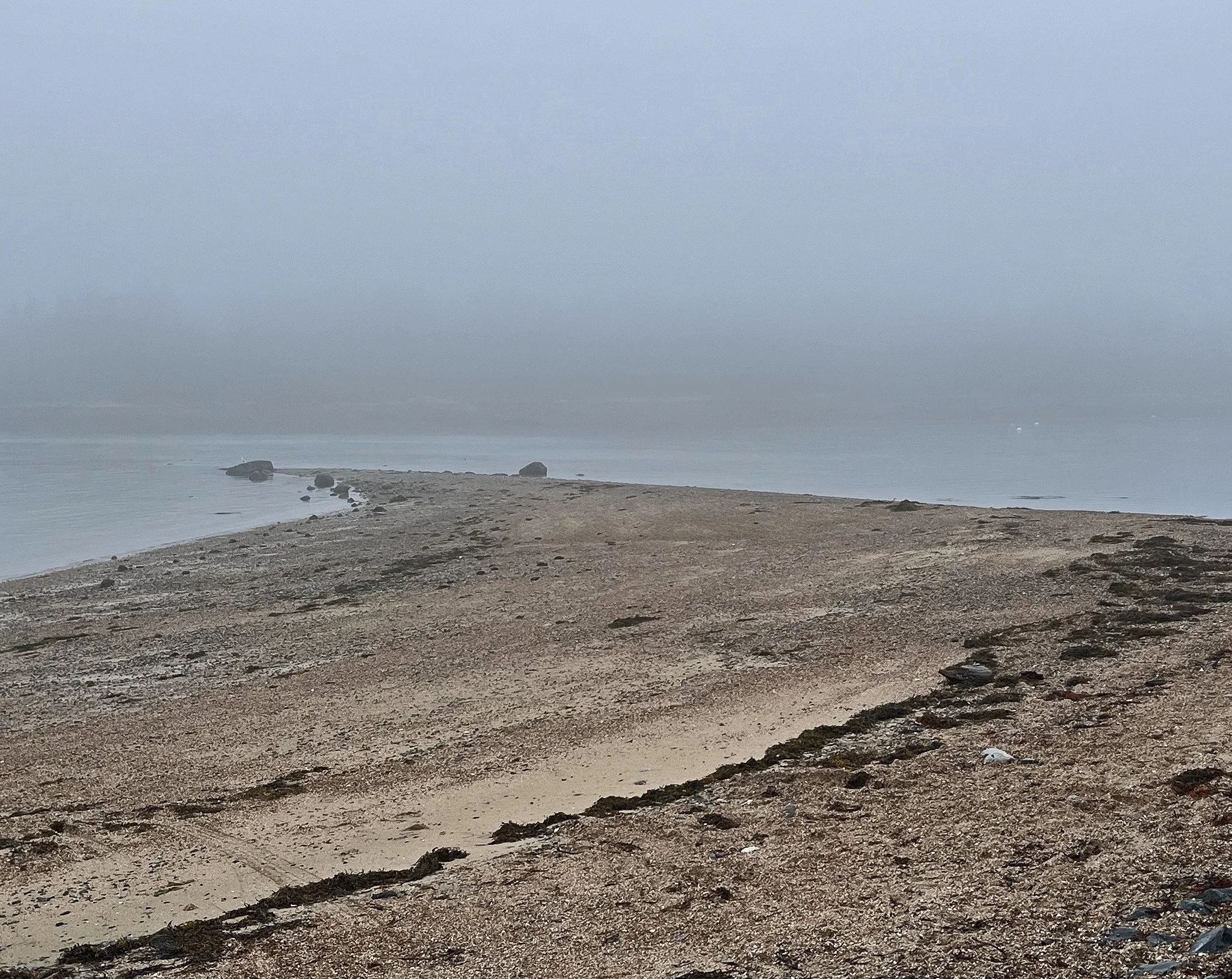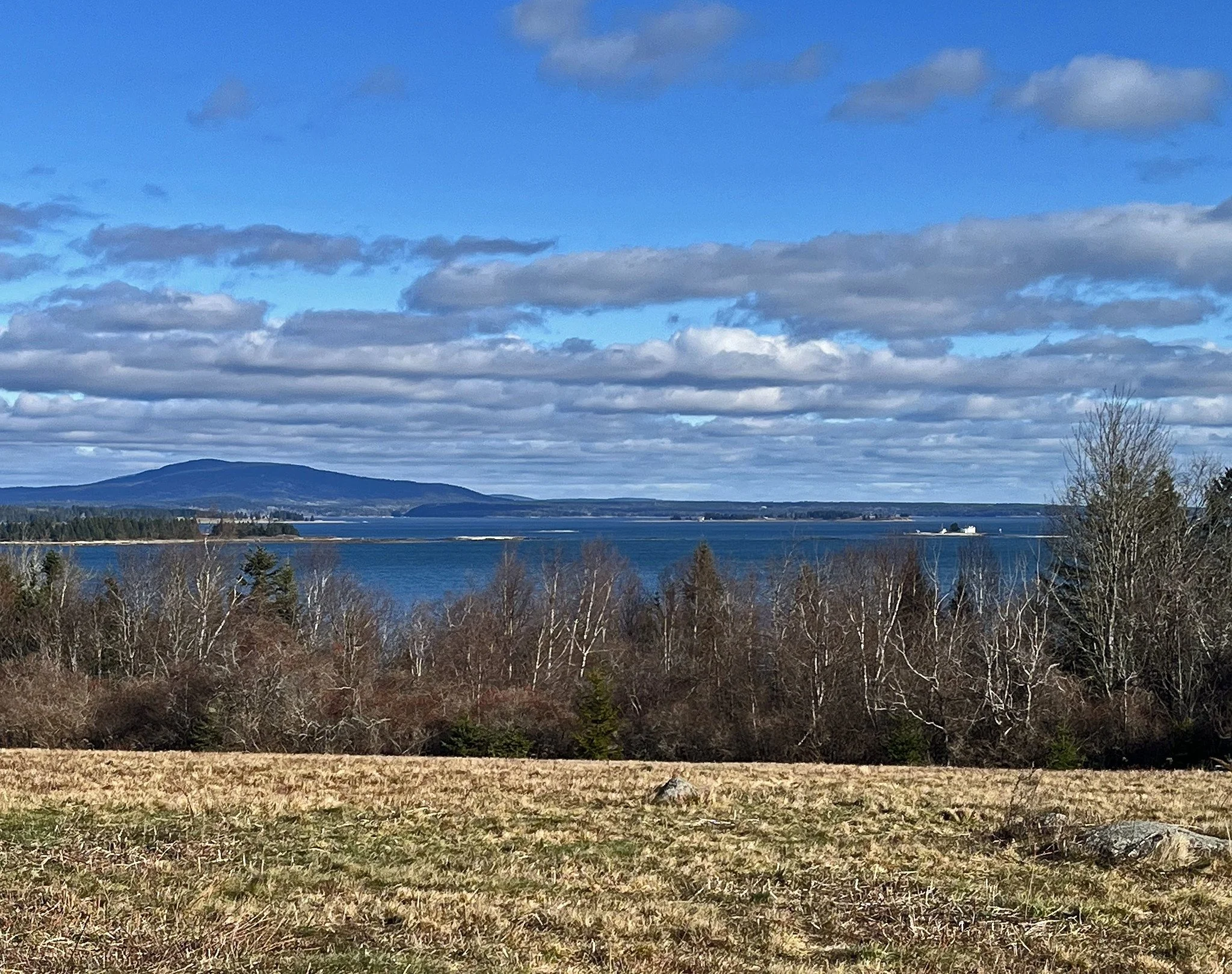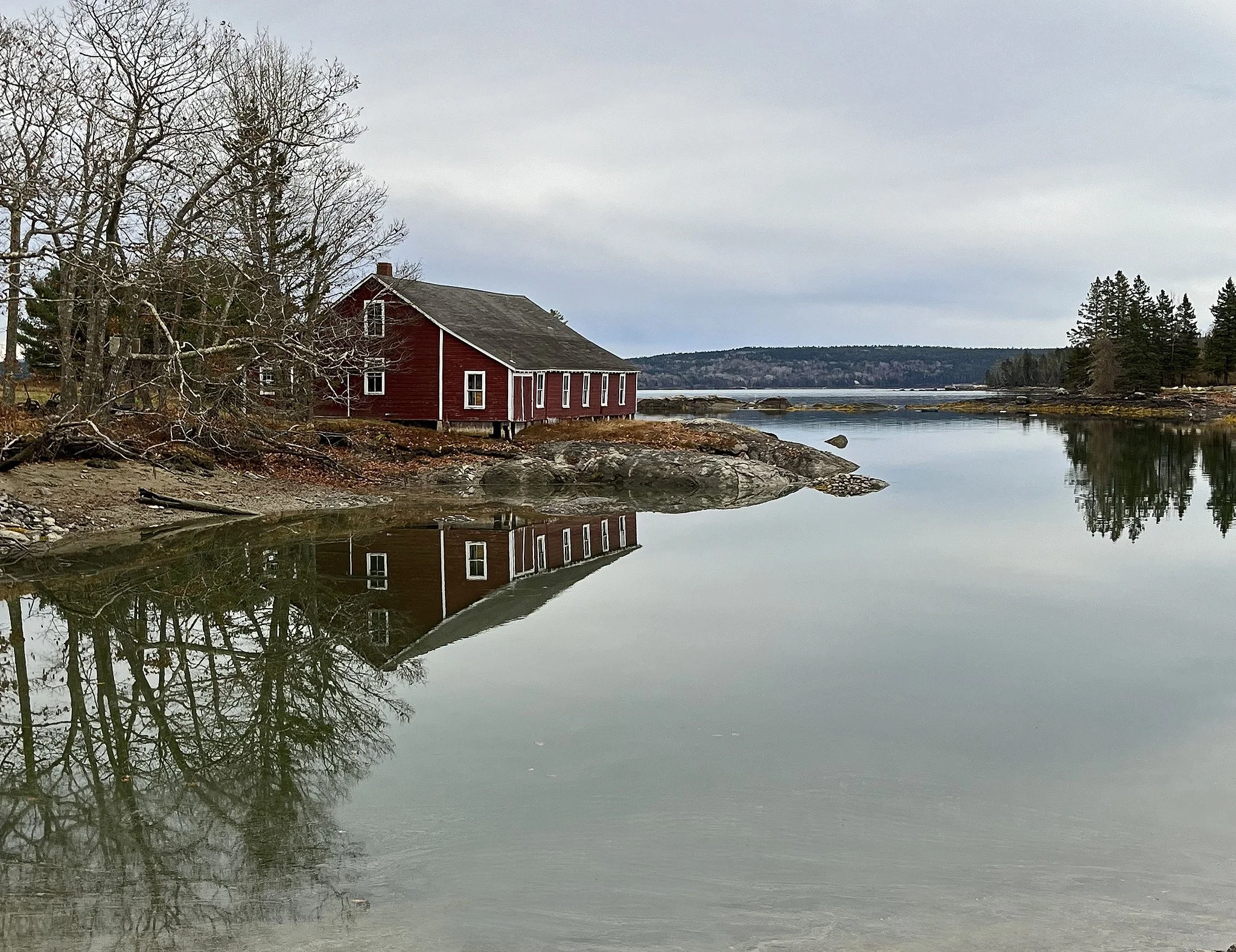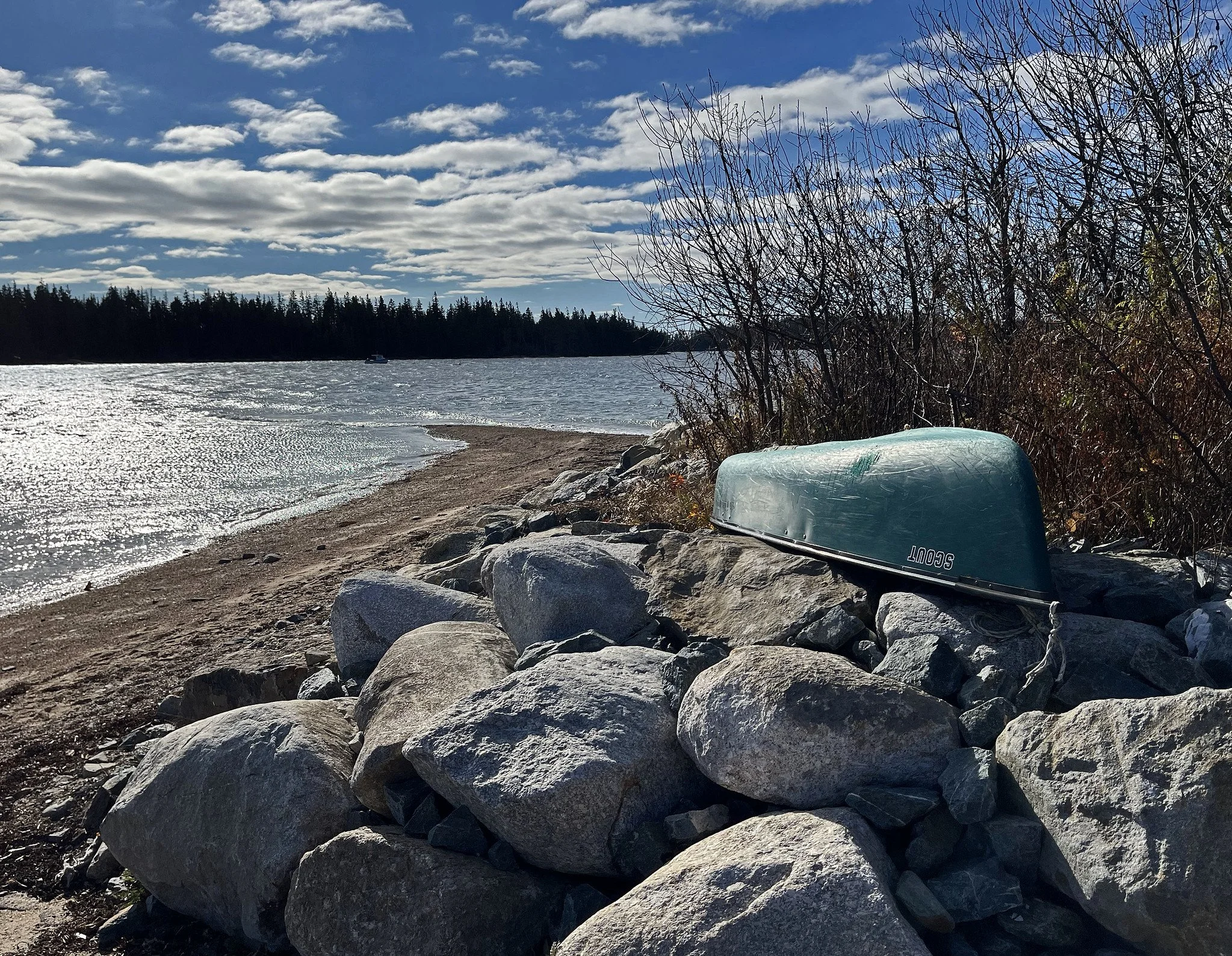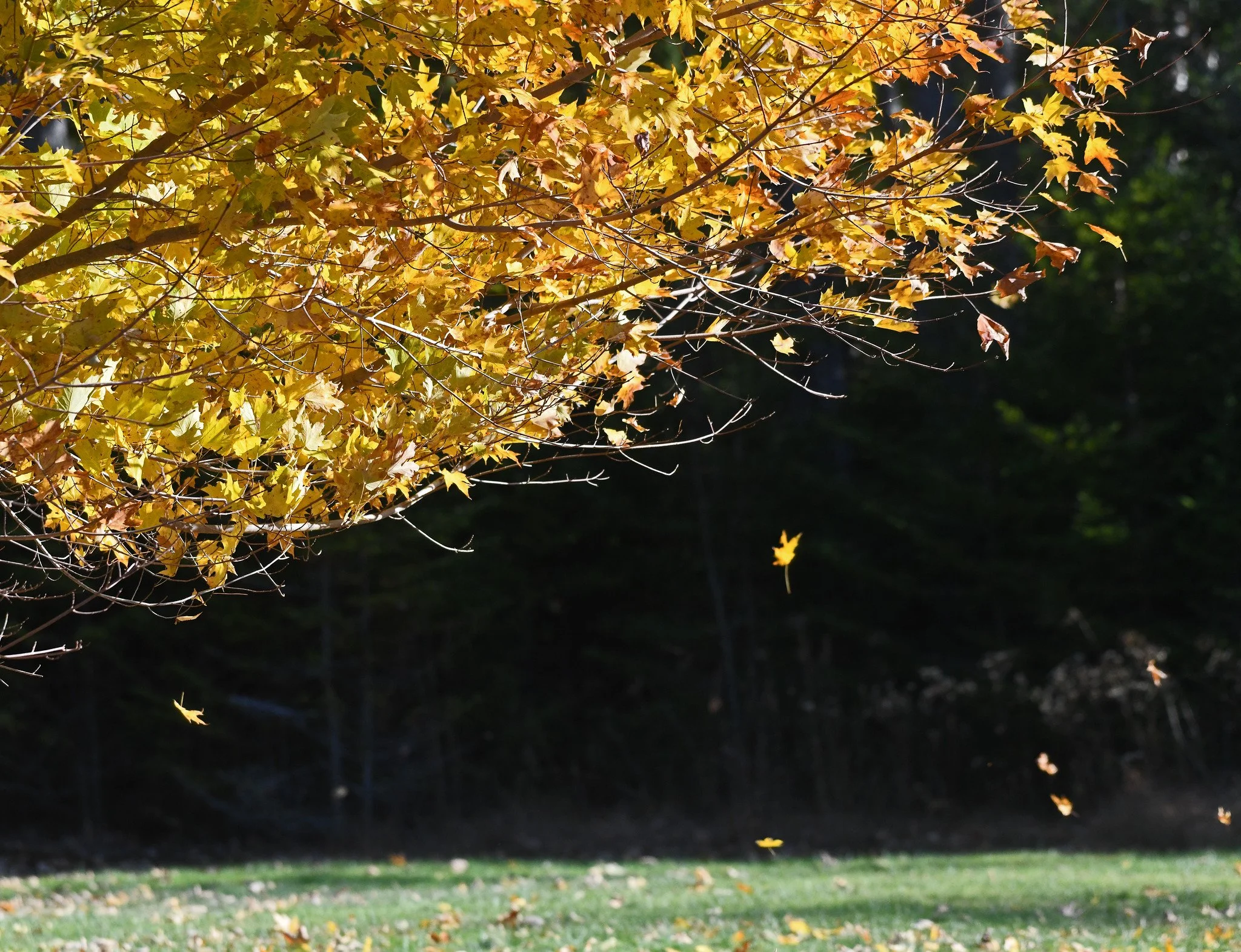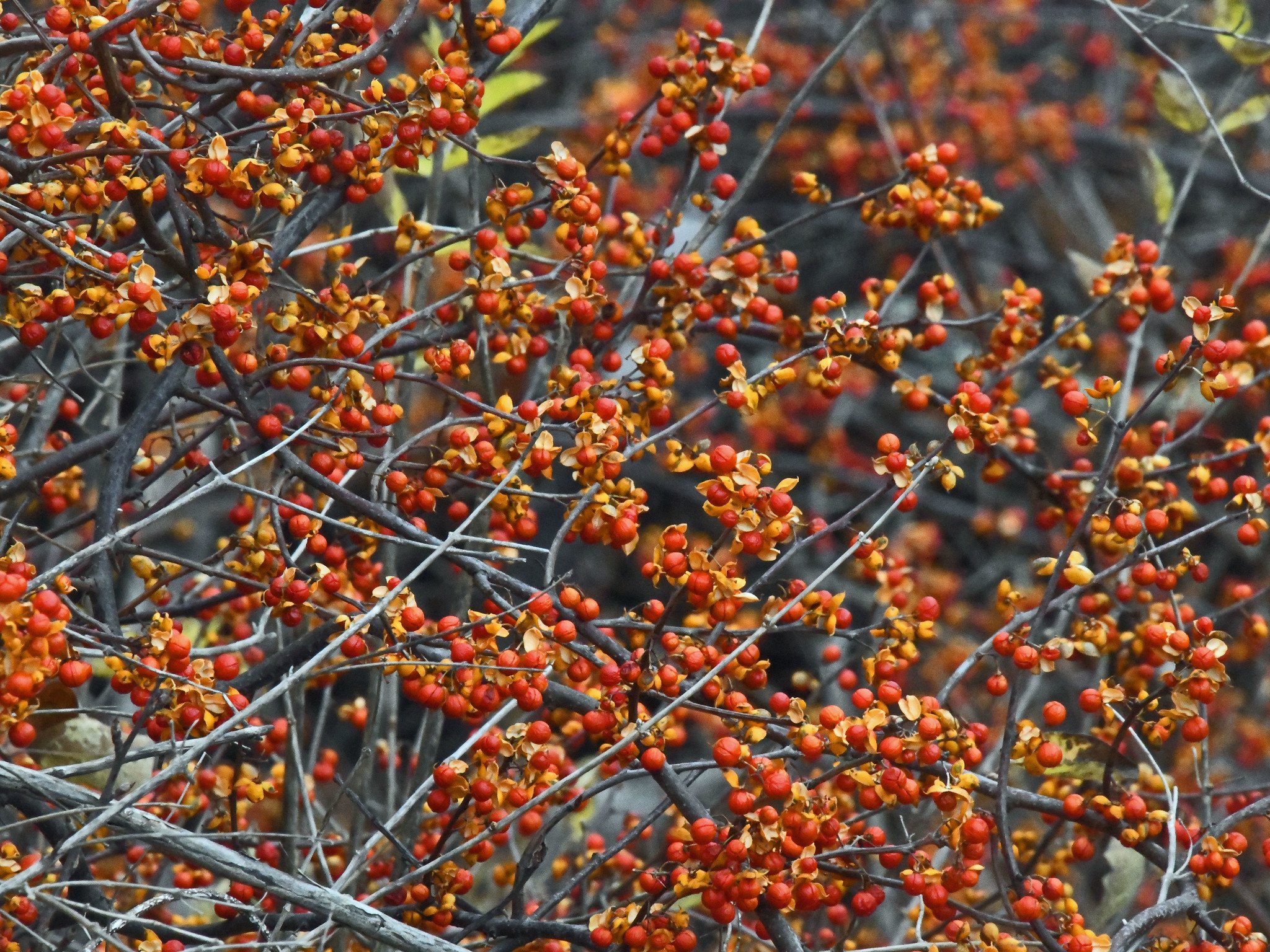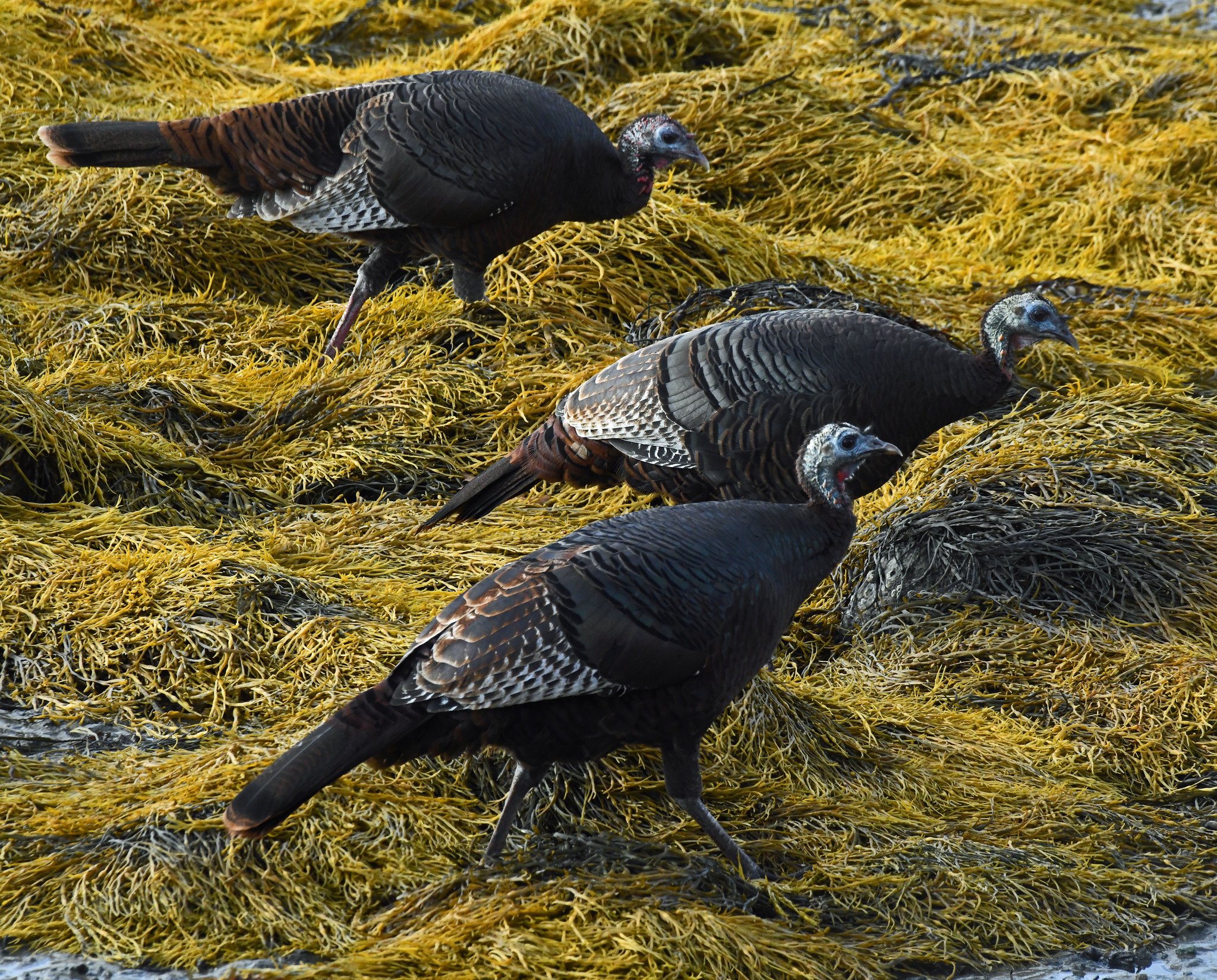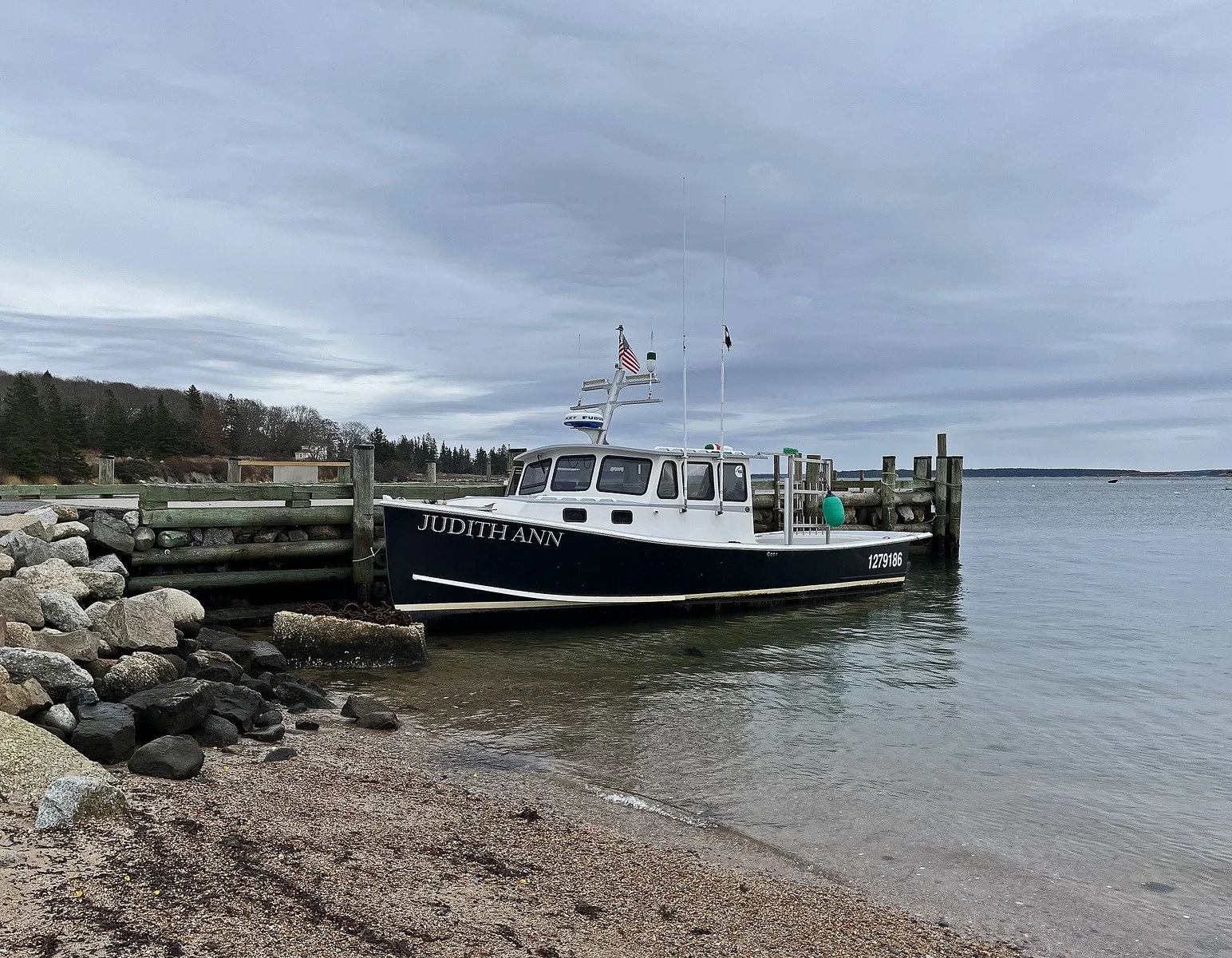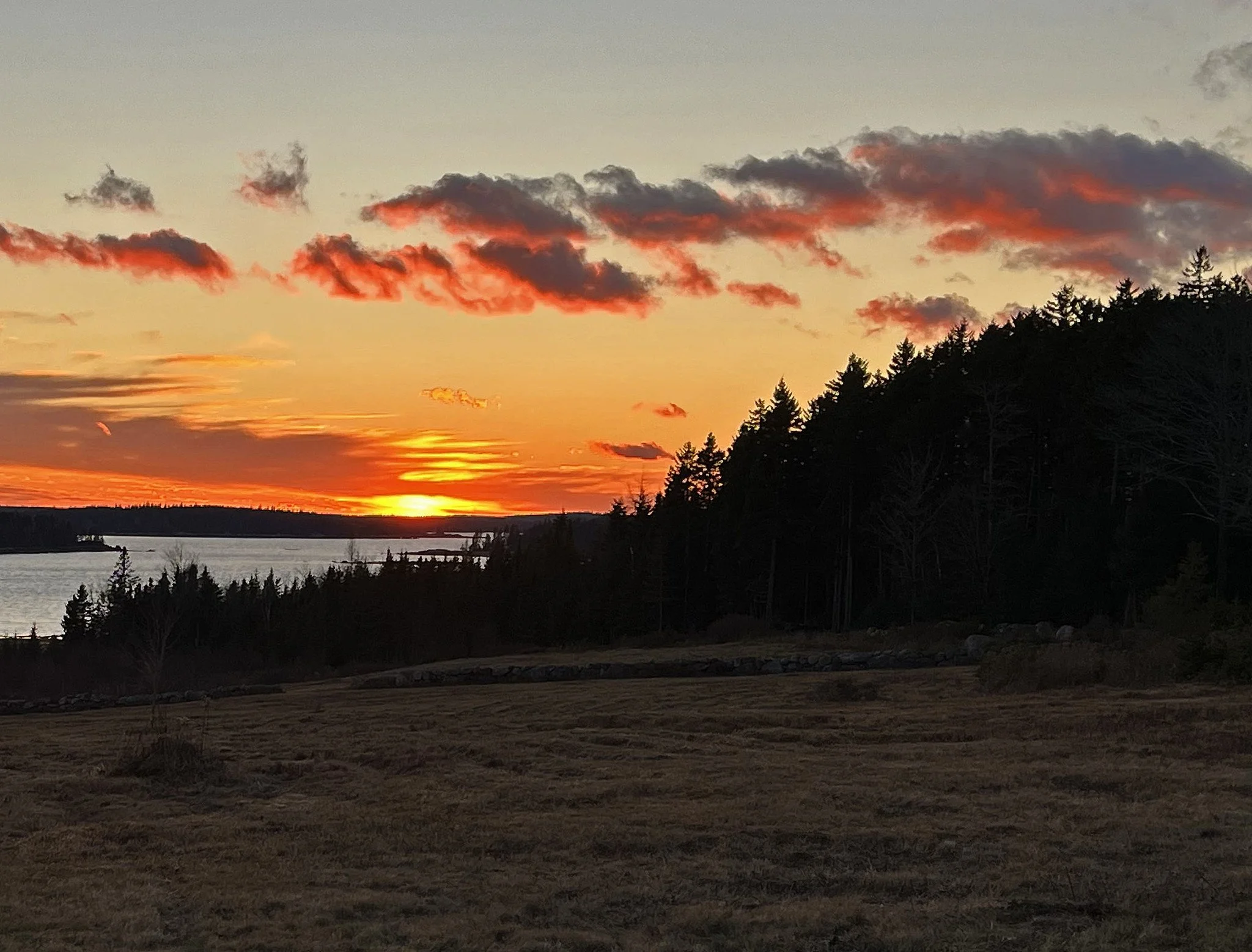I thought I was the only crazy person in the neighborhood who would go down to the ice-encrusted and breezy shore during yesterday’s cold (but otherwise beautiful) morning.
Then, as you see be;ow, my neighbor came on the scene! Rowing in Great Cove!! Without even a hat or ear covering!!! When the recorded ambient temperature was 27° (F) with 9-mile-an-hour wind gusts!!!! (I hate to think what the windchill and water temperatures were.)
But, there may be some rationality here. As some of you may have recognized, this “mad rower” is the famed glacier explorer Paul Mayewski. He may think that 27° is relatively tropical and he probably gets cabin fever if he stays indoors too long. Click on the image to enlarge it. (Image taken in Brooklin, Maine, on December 14, 2024.)







